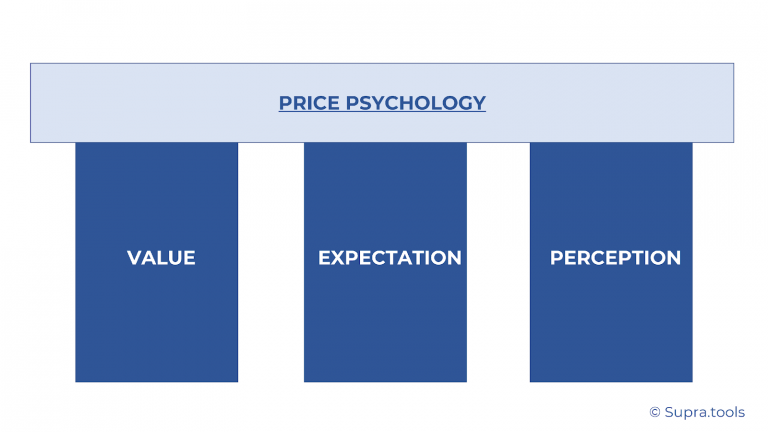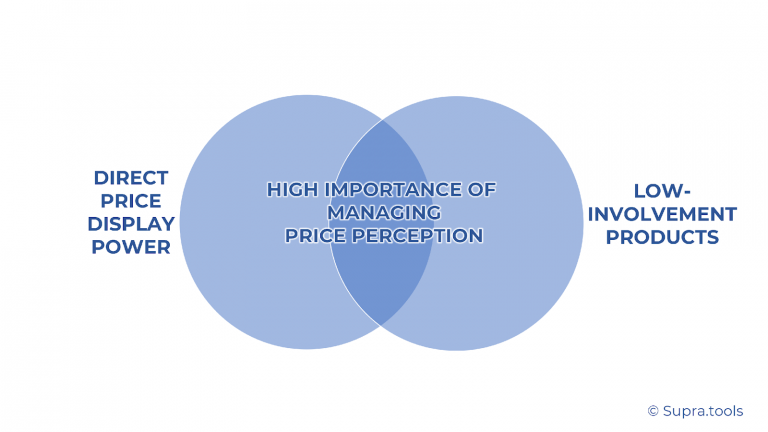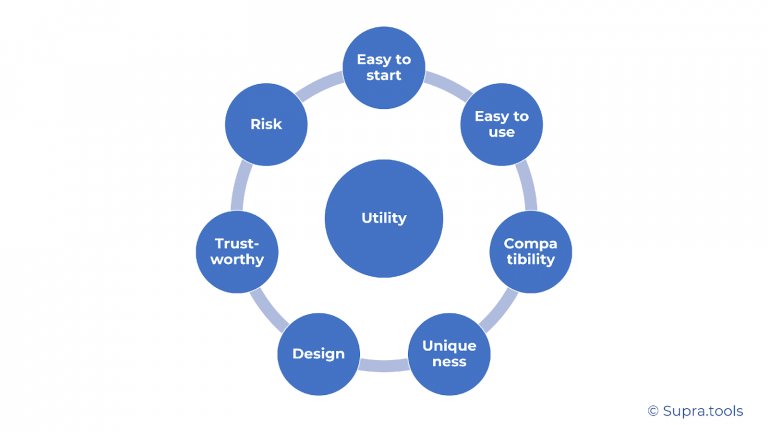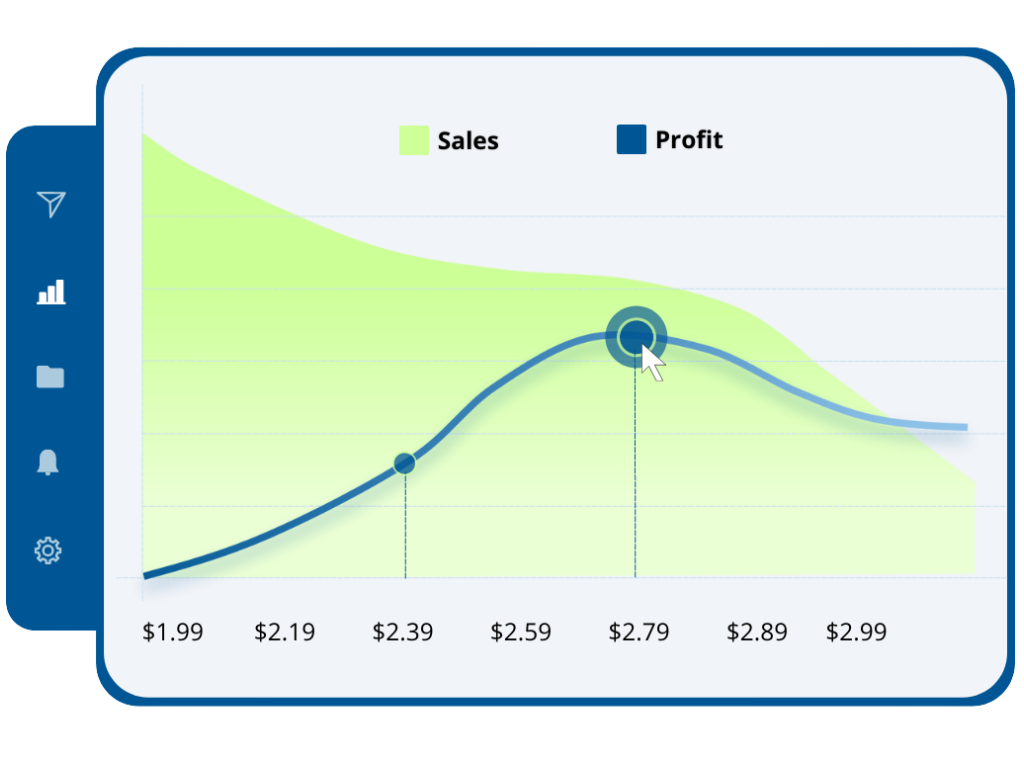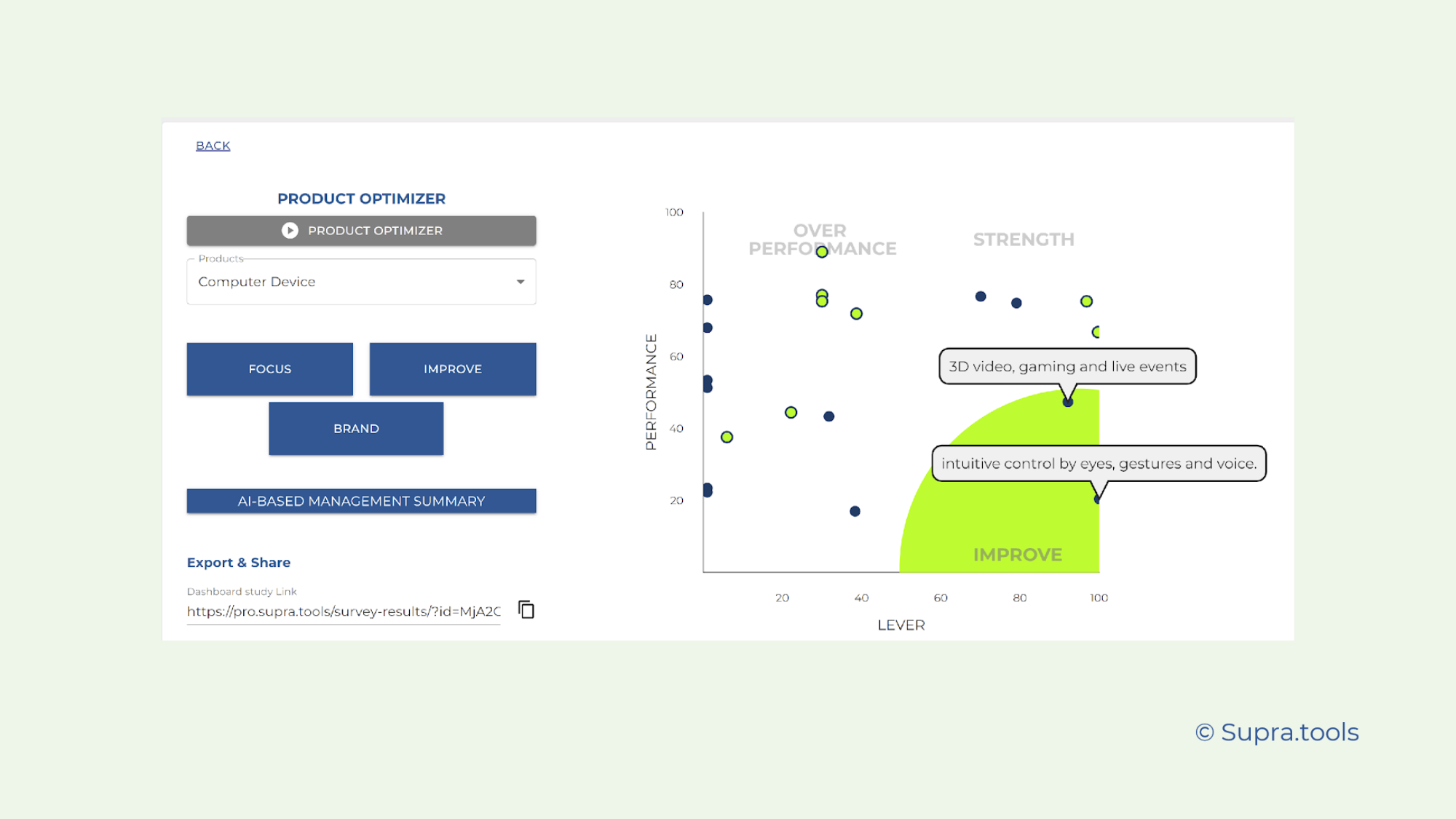Origins of psychological pricing come from game theory
Kaushik Basu applied game theory in 1997 to argue that rational consumers value their own time and effort in computing. Such consumers process prices from left to right and tend to mentally replace the last two digits of the price with an estimate of the median “penny share” of all goods in the market. Source: https://en.wikipedia.org/wiki/Psychological_pricing
Psychological pricing strategies often lower prices as numbers directly below “whole” numbers (charm pricing), i.e. numbers slightly smaller than a round number, e.g. €9.99 or €19.99. Customers tend to round prices that are lower than they actually are to the next lower monetary unit, even though the absolute price difference is hardly relevant. Therefore, prices such as €1.99 can lead to them being perceived as “€1” rather than “€2”.
This estimate depends on the experience and knowledge of the individual and is usually a subjective perception. This assumption helps to explain why consumers will negotiate less for a price of 12.99€ than for a price of 13.00€. Even though this theory seems plausible at first glance, it has some weaknesses. For one thing, the thesis is only valid if the price is read from left to right. In many cultures, however, price is read from right to left, which calls the entire argument into question.
Odd-even pricing is a strategy in which the final digit of a product’s or service’s price determines the pricing strategy. An odd pricing strategy would be used for prices ending in an odd number, such as $1.99 or $78.25, while an even pricing strategy would be used for prices ending in an even number, such as $200.00 or 18.50. There is no definitive answer as to whether odd or even pricing is more effective, as it depends on a variety of factors, such as the type of product or service being offered, the target market, and the overall pricing strategy. However, research has shown that consumers tend to perceive prices ending in .99 as being lower than they actually are, which can lead to increased sales. Additionally, odd pricing can help to create a sense of urgency or scarcity, as it suggests that there are only a few products remaining at that price.
The laboratory test by Ruffle and Shtudiner (2006) shows that Basu’s equilibrium of 99-cent prices is significantly supported.
Benford’s Law
Benford’s law states that in many real numerical data sets the leading digit is likely to be small. In data sets that obey the law, the number 1 appears as the leading significant digit about 30% of the time, while the number 9 appears as the leading significant digit less than 5% of the time. If the digits were evenly distributed, they would each appear about 11.1% of the time. Benford’s law also makes predictions about the distribution of second digits, third digits, combinations of digits, etc.
This result holds for a wide range of data sets – from electricity bills to death rates. This has been proven by a variety of studies that have examined different factors. By looking at different constants, researchers have been able to determine that this result holds true in most cases.
The law is named after Frank Benford, a physicist, who formulated it in 1938 in a paper entitled “The Law of Anomalous Numbers”. However, it had already been formulated by Simon Newcomb in 1881.
The law is similar in concept to Zipf’s law, although not identical in distribution.




